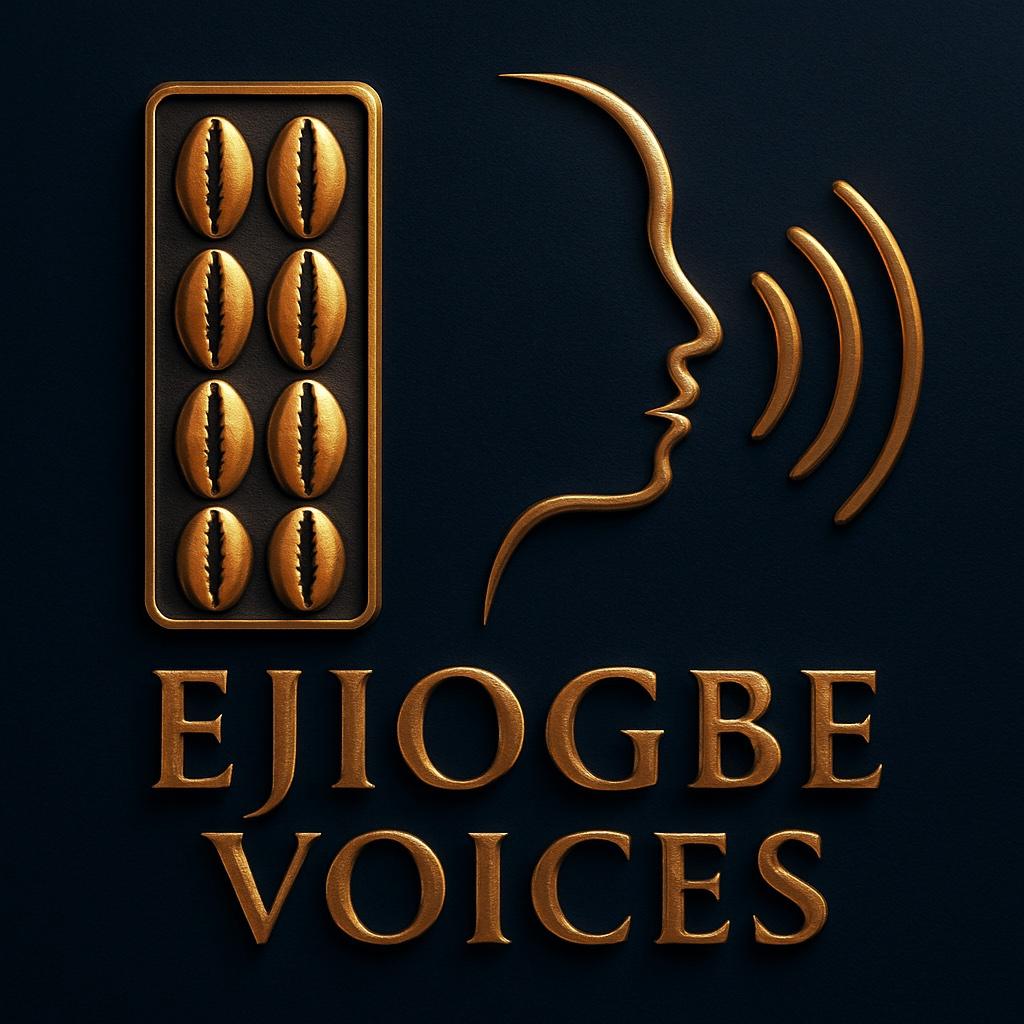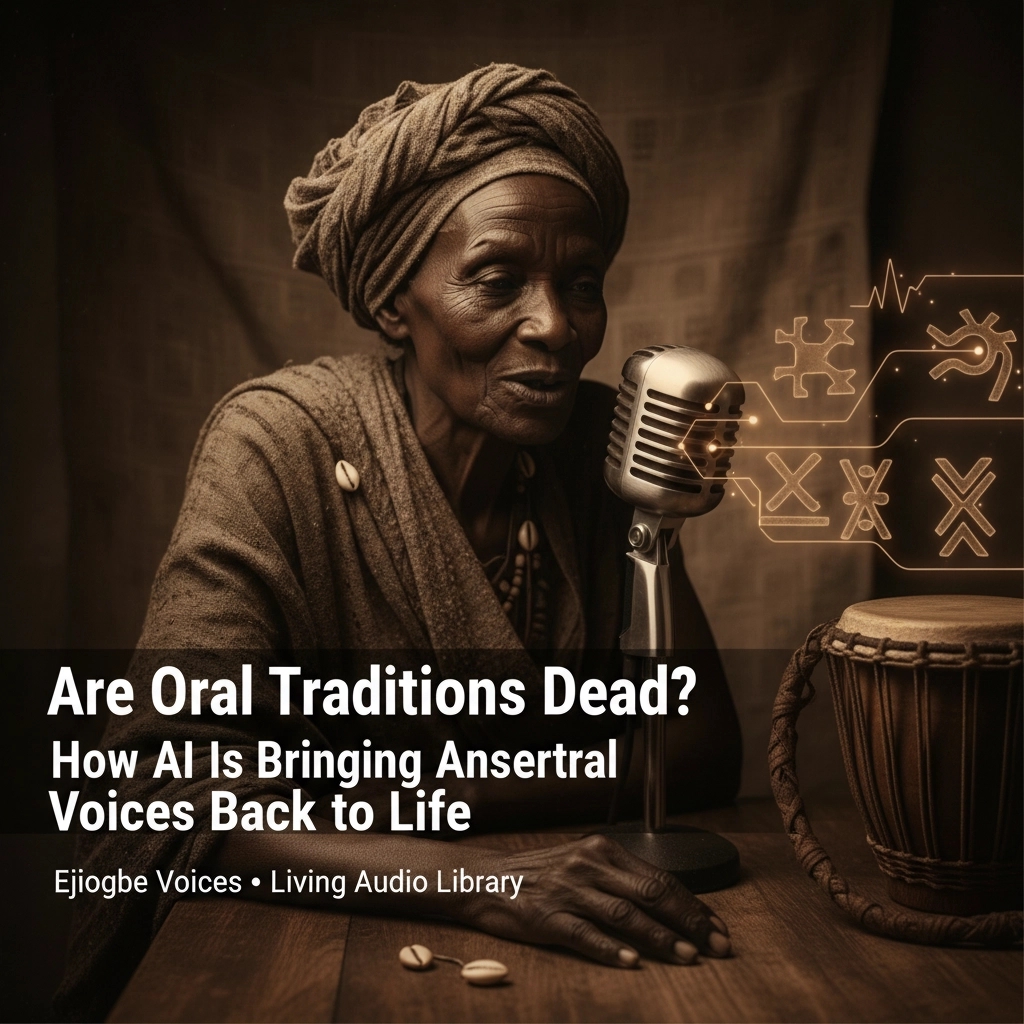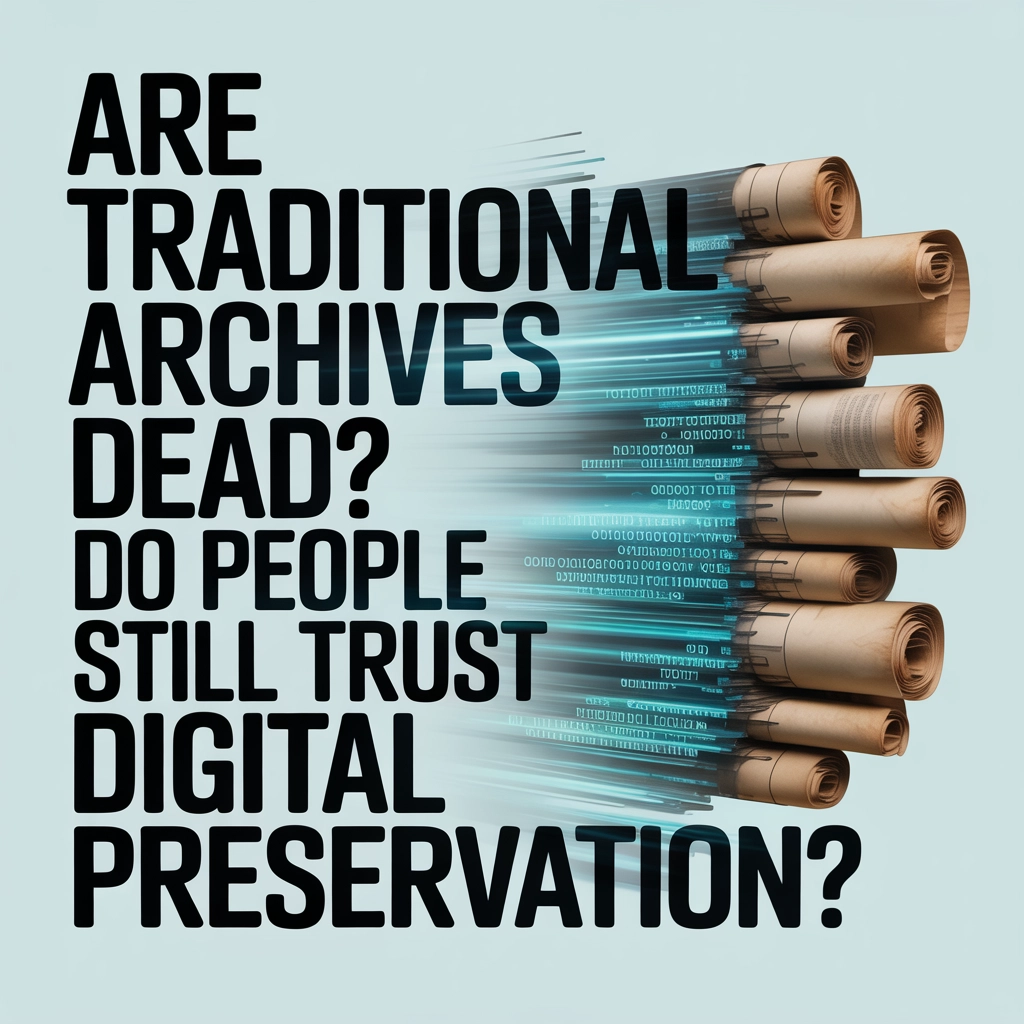We're standing at a crossroads where ancient wisdom meets cutting-edge technology. Across the globe, indigenous communities are watching their elders' voices fade into silence, taking with them thousands of years of oral traditions, stories, and cultural knowledge. But what if artificial intelligence could help us bridge this gap between generations?
AI language preservation tools are emerging as powerful allies in the fight against cultural extinction. Yet as we rush toward this technological solution, we must ask ourselves: are we prepared for the profound ethical questions that come with digitizing the sacred?
The Revolutionary Promise of Digital Griots
Think of AI as a modern-day griot: those revered West African storytellers who carried entire histories in their voices. Today's AI systems can capture not just words, but the subtle inflections, pauses, and emotional undertones that give oral traditions their power.
Unlike traditional recording methods that simply store audio files, AI tools can analyze voice patterns, recognize linguistic structures, and even learn from incredibly small datasets. This means that even languages with only a handful of fluent speakers can be preserved and revitalized.

The Cherokee Nation has pioneered this approach with their ambitious language preservation project. Using AI-assisted tools, they're creating comprehensive digital archives that don't just store their language: they make it accessible to younger generations through interactive learning experiences.
In New Zealand, Te reo Māori chatbots help students practice conversational skills, while AI tutors in Hawaiian schools are bringing endangered languages back into daily use. These aren't just preservation efforts: they're cultural revival movements powered by technology.
Breaking Down Language Barriers with Transfer Learning
One of AI's most remarkable capabilities is transfer learning: the ability to apply knowledge from well-documented languages to help preserve endangered ones. This has proven transformative for languages like Guarani in South America and Ainu in Japan, where traditional preservation methods struggled due to limited written materials.
Google's Woolaroo platform exemplifies this approach, creating open-source translation tools that indigenous communities can control and customize. The platform doesn't just translate words: it preserves the cultural context that gives those words meaning.
But here's where things get complex. When AI learns a language, it's not just memorizing vocabulary and grammar rules. It's absorbing worldviews, spiritual concepts, and ways of understanding reality that may be fundamentally different from the dominant cultures that created these technologies.
The Sacred Nature of Cultural Data

This brings us to the heart of our ethical dilemma. Many oral traditions contain sacred knowledge: prayers, ceremonial instructions, and spiritual teachings that were never meant to be widely accessible, let alone processed by machines owned by tech corporations.
Indigenous communities are asking tough questions: Who owns the AI models trained on their languages? What happens if funding disappears and access to their own cultural heritage is cut off? How do we ensure that AI doesn't misinterpret sacred concepts or strip away the spiritual context that gives them meaning?
The Blackfeet Community College in Montana discovered these challenges firsthand while experimenting with AI language companions. While the technology showed promise for engaging young learners, elders expressed concerns about certain teachings being shared outside traditional protocols.
The Risk of Digital Colonialism
Perhaps the most pressing ethical concern is the potential for digital colonialism: the appropriation of indigenous cultural assets by external entities. When oral traditions are digitized and processed by AI systems controlled by corporations, communities risk losing sovereignty over their most precious inheritance.
Consider this scenario: A tech company trains an AI model on an indigenous language, then commercializes that model for profit while the originating community receives no compensation or control over how their cultural knowledge is used. This isn't hypothetical: it's a pattern we've seen repeated throughout colonial history, now playing out in digital spaces.
The solution isn't to abandon AI entirely, but to ensure that indigenous communities maintain control over their cultural assets. This means developing community-owned platforms, establishing clear data sovereignty protocols, and creating sustainable funding models that don't depend on external corporate interests.
Building Ethical Frameworks for Cultural AI

The most successful AI preservation projects share common characteristics: they're led by indigenous communities, guided by cultural protocols, and designed with long-term sustainability in mind. The FirstVoices platform demonstrates this approach, providing tools that communities can customize according to their own cultural values and preservation goals.
These projects recognize that AI cannot replace human expertise: it can only amplify it. Language carries emotions, histories, and spiritual dimensions that machines struggle to grasp. The most effective preservation efforts combine AI capabilities with the irreplaceable wisdom of elders and cultural keepers.
Mother Tongues, another community-centered initiative, ensures that indigenous communities make all decisions about what gets documented and how it's shared. This approach respects the reality that some knowledge should remain within traditional protocols while still leveraging technology for broader cultural preservation.
Are We Ready for This Responsibility?
The honest answer is that we're still learning. While technological capabilities have advanced rapidly, the development of ethical frameworks has lagged behind. Many current AI preservation projects, though well-intentioned, lack the comprehensive community involvement necessary for truly ethical implementation.
We're seeing progress in some areas. Open-source tools are becoming more sophisticated, making it possible for communities to maintain control over their preservation efforts. Educational programs are helping communities make informed decisions about AI adoption. Clear guidelines for data ownership and usage rights are emerging.
But significant gaps remain. Many AI developers still don't fully understand the cultural contexts they're working with. Funding models often prioritize technical innovation over community sovereignty. The pace of technological development continues to outstrip our collective ability to address its ethical implications.
The Path Forward: Collaboration and Cultural Sovereignty

Moving forward requires a fundamental shift in how we approach AI development for cultural preservation. Instead of asking "How can we use AI to preserve languages?" we should be asking "How can we support indigenous communities in using AI according to their own cultural values and priorities?"
This means investing in community-controlled preservation initiatives, developing culturally-responsive AI tools, and creating sustainable funding models that respect indigenous sovereignty. It means recognizing that the most important voices in these conversations belong to the elders and cultural keepers whose wisdom we're trying to preserve.
At Ejiogbe Voices, we believe that technology should amplify rather than replace traditional knowledge systems. Our work focuses on creating tools that communities can control, customize, and use according to their own cultural protocols.
The Wisdom of Ancestors Meets the Promise of Tomorrow
The revolution in AI language preservation is already underway. The question isn't whether we'll use these tools: it's whether we'll use them ethically, respectfully, and in ways that truly serve the communities whose voices we're hoping to preserve.
The elders whose wisdom we seek to capture understand something that our technology-focused culture is still learning: true preservation isn't just about storing information: it's about keeping the spirit of a tradition alive for future generations. AI can be a powerful ally in this mission, but only if we approach it with the reverence, respect, and cultural humility that our ancestors' voices deserve.
The future of oral tradition preservation lies not in choosing between technology and tradition, but in weaving them together in ways that honor both the wisdom of our elders and the needs of generations yet to come. Are we ready for this sacred responsibility? The voices of our ancestors are calling: it's time we listened with both our hearts and our most advanced tools.



